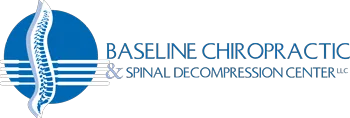We all want to get the most out of the time we spend exercising, and it's natural to think that exercising harder is going to provide a bigger, faster payoff. But exercising harder without adequate preparation often leads to injury. Then there's recovery time, possibly the need for rehabilitation, and ultimately you're back at the beginning in terms of fitness, strength, and endurance. Injuries are to be avoided, if at all possible. The best way to avoid injury is to exercise smarter. Exercising smarter is also the best way to achieve continual, progressive gains in fitness, health, and well-being.
Exercising smarter means doing what you're capable of doing, and then doing a little bit more. For example, if you're a runner and typically run three miles a day, three times a week, it wouldn't be smart to do an eight-mile run the next time you go out. The likely outcome would be a strained muscle, shin splints, or worse. If you lift weights and typically bench press 100 pounds, it wouldn't be smart to find out what it feels like to bench press 150 pounds. What it could feel like is a back, neck, or shoulder injury. In either scenario, the price paid for attempting to train "harder" is at least two weeks of down time, possibly much longer, while you recover from your injury. Of course, we've all made mistakes and sometimes training injuries just happen, but tempting fate by doing too much is not, in fact, "smart."
The goal with any type of exercise is to progress gradually over time.1 For example, if you're 60 years old and haven't exercised for many years, a walking program is a good way to begin. On your first day, walk at a comfortable, steady pace for 10 minutes. That may not feel like much, but you will be increasing your total time over the next four to six weeks. The next day, add a couple of minutes. As long as you're continuing to feel good, add a couple of minutes on every second day or so, building up consistently to a total of 30 minutes per day. At this point, you're walking 30 minutes per day, five times per week. Next, every second day or so, increase your pace by a bit.
Don't increase your pace if you feel uncomfortable or feel as if you're working too hard. Be in tune with what you're doing. After four to six weeks of gradually increasing your pace, you'll probably be able to walk 30 minutes per day, five days a week, at a nice brisk pace.2 You may also notice that you've lost some weight,3 you feel more flexible, you're standing more upright, your skin has a nice, healthy glow, and you're sleeping more soundly and more restfully.
